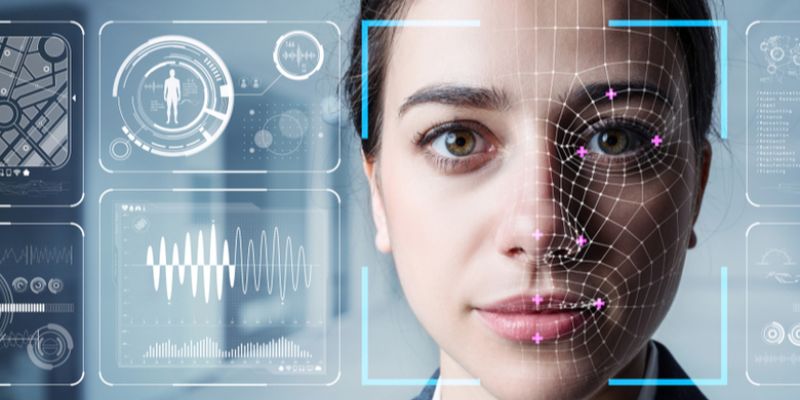Image recognition, a subset of computer vision, has emerged as a powerful tool in the field of data science. With the advancement of deep learning algorithms and the availability of vast amounts of image data, implementing image recognition has become more accessible than ever. In this blog post, we will explore the process of implementing image recognition in data science, covering key concepts, techniques, and best practices. Unlock your Data Science potential! Embark on a data science journey with our Data Science Course in Chennai. Join now for hands-on learning and expert guidance at FITA Academy.
Understanding Image Recognition
Image recognition involves the process of identifying and classifying objects or patterns within images. It relies on machine learning and deep learning algorithms to extract features from images and make predictions about their content. Image recognition has diverse applications, including object detection, facial recognition, medical imaging analysis, and autonomous vehicles.
Image Recognition in Data Science
Data Preparation for Image Recognition
Data preparation is a crucial step in implementing image recognition. It involves collecting and preprocessing image data to ensure that the model receives high-quality inputs for training. Tasks in data preparation may include resizing images, normalizing pixel values, augmenting the dataset with variations, and splitting the data into training, validation, and testing sets.
Choosing the Right Model Architecture
Selecting an appropriate model architecture is essential for achieving accurate image recognition results. Convolutional Neural Networks (CNNs) are commonly used for image recognition tasks due to their ability to automatically learn hierarchical features from raw pixel data. Popular CNN architectures include AlexNet, VGG, ResNet, and EfficientNet, each offering different trade-offs in terms of accuracy and computational efficiency.
Training and Fine-Tuning the Model
Once the data is prepared and the model architecture is chosen, the next step is to train the model using the training dataset. During training, the model learns to associate input images with their corresponding labels through a process of forward and backward propagation. Fine-tuning involves adjusting the model’s parameters to improve its performance on specific tasks or datasets. Learn all the Data Science techniques and become a data scientist. Enroll in our Data Science Online Course.
Evaluating Model Performance
After training and fine-tuning the model, it is essential to evaluate its performance using the validation and testing datasets. Common metrics for evaluating image recognition models include accuracy, precision, recall, F1-score, and area under the receiver operating characteristic curve (ROC-AUC). Additionally, visual inspection of model predictions can provide insights into its strengths and weaknesses.
Deploying the Image Recognition Model
Once the model has been trained and evaluated, it can be deployed into production environments for real-world applications. Deployment may involve optimizing the model for inference speed and memory footprint, integrating it with existing software systems, and implementing monitoring and maintenance processes to ensure its continued performance.
Real-World Applications of Image Recognition
Image recognition has a wide range of real-world applications across various industries. For example, in healthcare, image recognition is used for diagnosing diseases from medical images such as X-rays and MRIs. In retail, it powers recommendation systems and inventory management solutions. In security, it enables facial recognition systems for access control and surveillance.
Implementing image recognition in data science requires a combination of technical knowledge, practical skills, and domain expertise. By understanding the key concepts, techniques, and best practices discussed in this blog post, data scientists can leverage the power of image recognition to solve complex problems and drive innovation across diverse domains. As the field continues to evolve, staying updated with the latest developments and advancements will be crucial for unlocking new opportunities and pushing the boundaries of what is possible with image recognition. Explore the top-notch Advanced Training Institute in Chennai. Unlock coding excellence with expert guidance and hands-on learning experiences.
Read more: Data Science Interview Questions and Answers
 India Unimagined! News, Travel, Finance, Blog & Government Schemes
India Unimagined! News, Travel, Finance, Blog & Government Schemes


